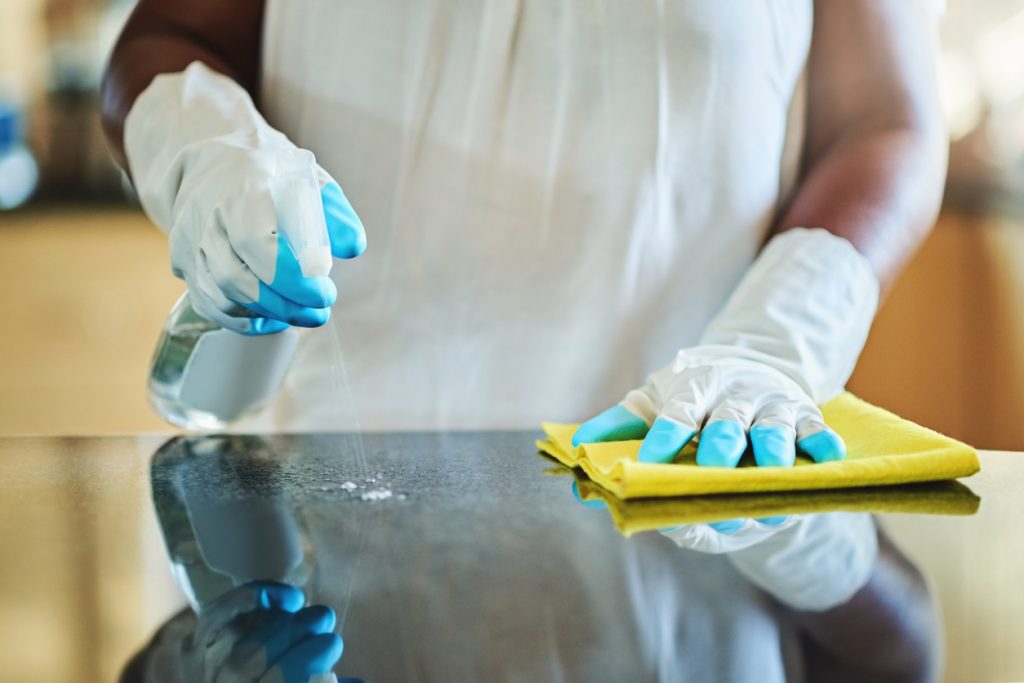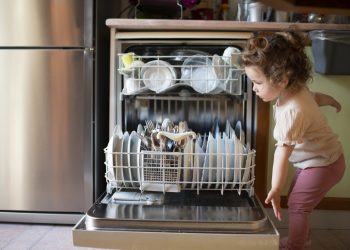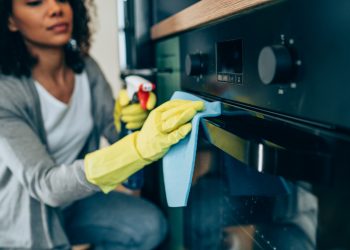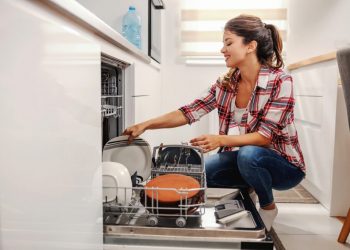
KEEP IN MIND: NSF was talked to for the following article on cleansing vs. sterilizing. While sanitization cycles are a tool to increase the tidiness of your house, NSF’s screening of sanitization cycles does not currently consist of the COVID-19 or coronaviruses.
Anybody looking for cleansing items that can eliminate germs, infections and other illness-causing bacteria nowadays may discover the racks bare of their preferred cleansing items, as coronavirus worries have actually caused continuous hypervigilance about cleansing and sterilizing. So, if still can’t discover a consistent supply of anti-bacterial wipes, fortunately is you might currently have tools within your reaches, consisting of the sterilizing cycles on your clothing washer and dishwashing machine, to exterminate much of the bugs that trigger colds, influenza and other health problems.
Cleaning Up vs. Sanitization: What’s the Distinction?
It is essential to comprehend the distinction in between cleansing and sanitization.
” It’s a mistaken belief that if you’re utilizing vinegar to tidy, you’re sterilizing,” states Mindy Costello, an authorized ecological health sanitarian and NSF’s customer item accreditation expert. “Cleansing is simply eliminating the soil. In sterilizing, you’re eliminating the bacteria (germs, infections and fungis).” If you wish to minimize your threat of getting ill, sterilizing is the method to go.
To sterilize your meals or laundry, both of which can be fertile premises for infections and germs, the sterilizing cycles on your clothing washer and dishwashing machine are amongst your finest choices. NSF tests both kinds of home appliances for their capability to sterilize. To make the NSF mark, clothing washers should reveal that the sterilizing cycle gets rid of 99.9% of bacteria from laundry. Dishwashing machines should reveal a decrease of 99.999%. Throughout screening, 3 typical organisms– staphyloccus aureus, klebsiella pneumoniae, and pseudomonas aeruginosa— contributed to the loads of meals or laundry. The level of germs is evaluated later. The water in dishwashing machines that make the NSF mark for sanitization should reach 150 degrees Fahrenheit throughout the last rinse and remain at or above that temperature level enough time to accomplish the 99.999 % decrease.
Customers who are questioning whether their home appliances have actually been evaluated for their capability to sterilize need to search for the NSF mark and requirements that clothing washers have actually satisfied NSF-P172. For dishwashing machines, the requirement is NSF/ANSI 184. The screening does not consist of the home appliances’ capability to eliminate coronavirus, Costello states.
On the Surface Area
While laundry (especially moist laundry which which has actually been used by individuals who are ill) and meals might harbor damaging bacteria and bugs, pay attention to the surface areas of much of your home appliances also. A few of the more typical breeding premises, according to NSF, are:
- Coffeemaker: NSF’s 2011 International Family Bacterium Research study discovered yeast and mold present in 31% of families studied. In half of those, it was discovered in the coffee tank of the coffeemaker.
- Fridge: Staphyloccus aureus (staph), a typical and possibly damaging kind of germs, was discovered in 6.4% of families. In 14% of those houses, it was discovered on the fridge manage.
- Range knobs: Staph was discovered on range knobs in 5% of the houses where the germs was found.
The most significant misunderstanding amongst the 22 households surveyed throughout NSF’s research study was that the restroom would be the dirtiest part of your home. In truth, it was the cooking area, with coliform germs– suggesting possible fecal contamination– discovered on
- More than 75% of meal sponges and rags
- 45% of cooking area sinks
- 32% of counter tops
- 18% of cutting boards
In General, the 10 germiest products in the home, noted in order, were:
- Dish sponges/rags
- Kitchen area sink
- Tooth brush holder
- Animal bowl
- Coffee tank
- Restroom faucet manage
- Animal toy
- Counter Top
- Range knobs
- Cutting board
So sterilize your laundry and meals routinely, and pay attention to laundry and meals used and utilized by individuals who are ill. Sterilize high-contact surface areas routinely, and do meals as quickly as possible, as germs starts to grow after about 2 hours on stained meals left at space temperature level, Costello states. There are lots of sort of sterilizing items on the marketplace, consisting of those theEPA says will kill coronavirus To make your own sterilizing cleaner, Costello suggests including a tablespoon of odorless bleach to a gallon of water.
Sponges and dishrags can be sterilized by warming them in the microwave for 2 minutes while they’re damp, Costello states.
Worry and stress and anxiety about infections are running high today. While there’s no warranty you will not get ill, minimizing damaging bacteria in your house can minimize your opportunities and provide you some assurance that you’re managing what you can. Stay calm and keep sterilizing!
Register For the AHAM Customer Blog Site




